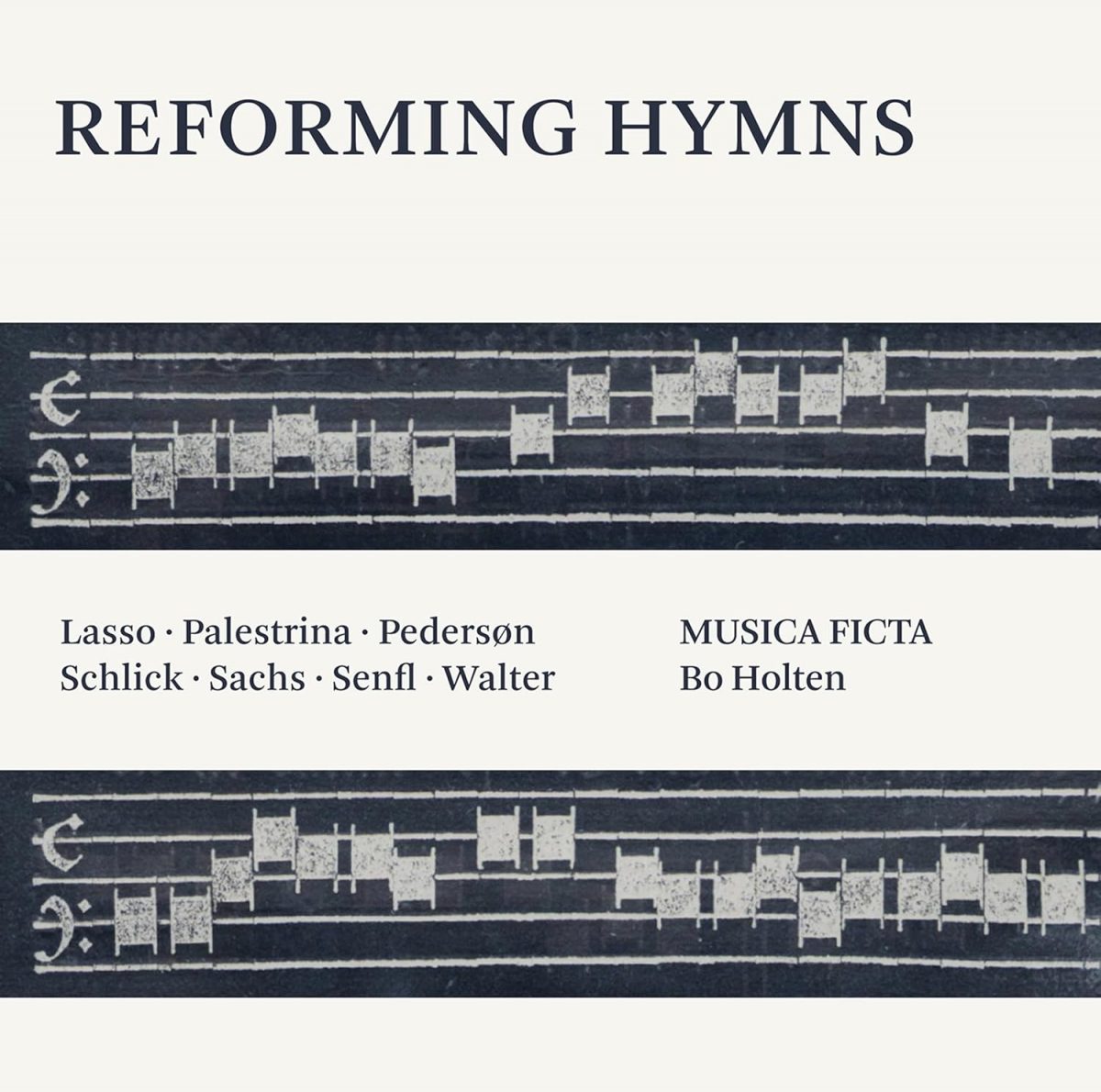Soloists, Coro e Orchestra Ghislieri, conducted by Giulio Prandi
73:01
Naïve OP8564
The mammoth undertaking that is the Vivaldi Edition moves on to another series within the series, this time devoted to sacred choral music. In this case, that is a bit of a misnomer given that the present CD includes three works that do not feature a chorus. While some elements of the Edition are unique documents – the complete operas particularly come to mind – intégrales of the sacred works have been undertaken previously by Philips and Hyperion. However, even on the first disc, there are two works that were not included in either of the earlier sets simply because they are recent discoveries. In a customarily scholarly note, Vivaldi expert Michael Talbot describes the Dixit Dominus, RV 807 as ‘the largest and most important new sacred work by the composer to have emerged in the last twenty years’. The last of the three settings of the Vespers psalm composed by Vivaldi, Talbot suggests a date of around 1732. He points to the high quality of the work, rightly drawing particular attention to ‘De torrente’, where the mimetic evocation of the constant murmuring of the brook acts as a foundation for the long cantabile lines of the alto soloist, Margherita Maria Sala, described here as a mezzo but more accurately a rich-toned contralto with a timbre not unlike that of the great French alto Lucile Richardot.
Sala also sings the other recently rediscovered work, the motet Vos invito barbaræ faces, RV 811. Scored for solo alto, strings and continuo it consists of two extremely contrasted arias placed either side of a plain recitative and is concluded by the customary bravura Alleluia. The opening is an aria agitata urging battle against the forces of evil, which are compared to wild beasts, while the second gently welcomes the worthwhile wounds sustained in the battle.
Sala also has a prominent role in the Magnificat in G minor, RV 611, a work composed for the Pietà in Venice originally around 1715, but later considerably revised; it is the final version that is recorded here. She is particularly effective in the exquisite ‘Sicut locutus est’, where the long, beautifully sustained cantabile line culminates in a cadential trill, an ornament otherwise sadly lacking. Overall RV 611 is a work fully deserving of its place as one of Vivaldi’s most popular sacred work. From the chromatically-inflected opening chorus through the exuberant and well-executed soprano solo ‘Et exultavit’ and the succeeding ‘Quia respexit’, also a soprano solo, the work exudes a heart-warming expression of humility.
It’s a quality that fits well with Giulio Prandi’s approach to this music, his performances particularly notable for their warm affection and the space he is prepared to allow the music, a welcome change from the driving rhythmic impetus and virtuosity so often sought by conductors in this repertoire. Of the works not so far mentioned, Sanctorum meritis, RV 620 is a hymn, alternate verses being set, it being assumed that the intervening verses were intoned by the priest. It is sung here by soprano Carlotta Colombo (not the alto, as claimed by Talbot), whose fresh, youthful-sounding voice and agile technique are a pleasure throughout, though on this evidence she needs to improve her articulation of ornaments. Confitebor tibi, Domine, RV 596, a setting of the Vespers Psalm 110, is unique among Vivaldi’s sacred works in being the only one scored for a trio of solo voices, here alto, tenor and bass, its main interest coming from the contrapuntal interweaving of the three soloists.
This is an excellent start to coverage of the sacred works, a mini-series to which I imagine that Prandi and his accomplished forces will contribute a major role.
Brian Robins









